C is for Curiosity
 At Tomorrow’s Youth Organization, our halls and classrooms are buzzing with nearly one hundred and fifty 4-5 year old students by 8:30 AM. As a new Fall Intern, I watched in excitement as the children filed into my first morning Core Child Program English class, wide-eyed and curious. I’m sure their heads were filled with questions about who I was, where I was from, and why I was speaking so strangely. I soon witnessed, however, how the students were able to transform their initial curiosity about my foreign-ness into curiosity and aptitude for learning English.
At Tomorrow’s Youth Organization, our halls and classrooms are buzzing with nearly one hundred and fifty 4-5 year old students by 8:30 AM. As a new Fall Intern, I watched in excitement as the children filed into my first morning Core Child Program English class, wide-eyed and curious. I’m sure their heads were filled with questions about who I was, where I was from, and why I was speaking so strangely. I soon witnessed, however, how the students were able to transform their initial curiosity about my foreign-ness into curiosity and aptitude for learning English.
Scientific research concerned with language acquisition overwhelming identifies the critical period for learning a second language as the time between the ages of 3 and 7. A report by the Foundation for Child Development debunked several myths about young English language learners, concluding that “consistent, coherent approach to education that provides continuous, enhanced [language] learning opportunities from Pre-Kindergarten through Third Grade (PK-3) offers the best chance for improved academic performance.”
One of the most significant myths is that children will be confused or overwhelmed learning two languages at such an early developmental stage. The author of the report refutes this claim by pointing to research by neuroscientists and psycholinguists that demonstrate a child’s brain capacity to learn multiple languages, distinguish them from each other, and “interpret contextual clues to know which language is appropriate in a given context.”
Children’s brains are wired to learn languages at this age, and TYO is giving them the opportunity to fulfill this potential and build a solid foundation of English through consistent exposure as they progress to our afternoon Core Child classes and after-school programs for older ages.
In my first week of English classes, I have already witnessed how this research applies in the classroom. After less than an hour of English instruction, children were able to properly (and enthusiastically) identify the context in which we say “Hello!” and “Goodbye!” For most of these children, it is the first time they have spoken to a native English speaker, so you can imagine how impressed I was when a significant number of students were able to answer, in a full sentence, the correct response to the question, “What’s your name?” To put this into context, I just learned the equivalent in Arabic after more than a week in Nablus.
But, science aside, students at this age have an overwhelming curiosity when it comes to learning, which gives them a natural advantage to learn foreign languages. TYO aims to encourage and develop this curiosity through an emphasis on play, art, and music in our classrooms. Exposure to a second language at this age is not only directly linked to long-term cognitive, social, and economic benefits, but it also sparks a new curiosity in students about foreign cultures and their roles in a global community. This cyclical effect of language learning is crucial to students throughout their education, and it provides them with tools, such as cognitive flexibility and creative thinking, to thrive in other subjects. By exposing children to a second language at such an early age, TYO is normalizing this instinctual curiosity for learning.
My presence as a native speaker also forges a personal connection between the students and English at an early age. Throughout my own foreign language education, my success was driven by my motivation to communicate with friends who were native speakers of French. I hope to be that person for students in our Core Child Program so that, from age four, they will realize that foreign languages are the key to opening the door to new cultures, places, and people around the world.
-Claire is a Fall 2014 International Intern at TYO
This program is funded by the Abdul Hameed Shoman Foundation (AHSF).
